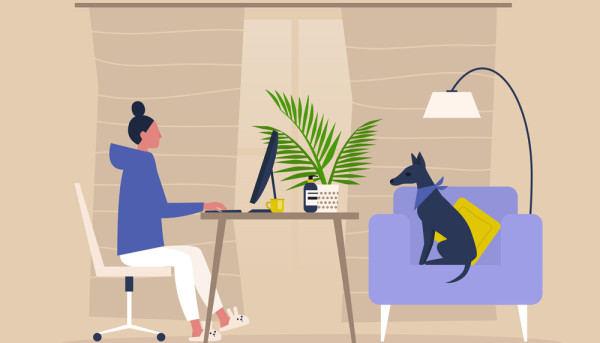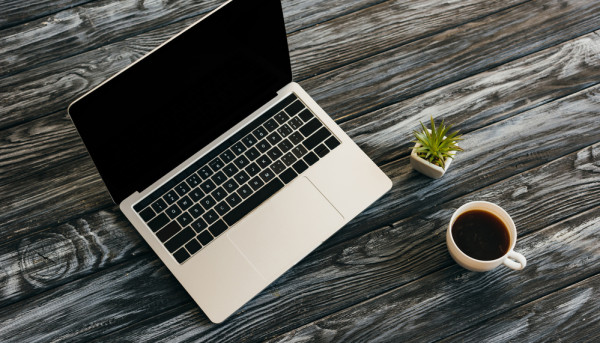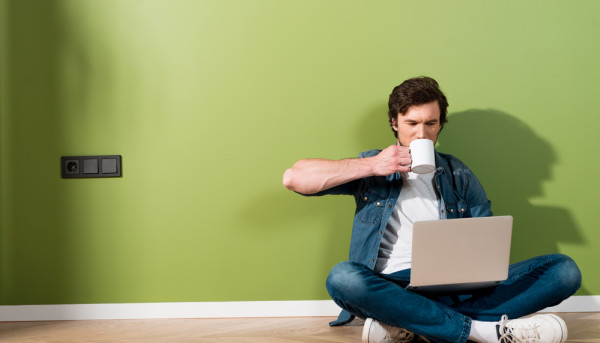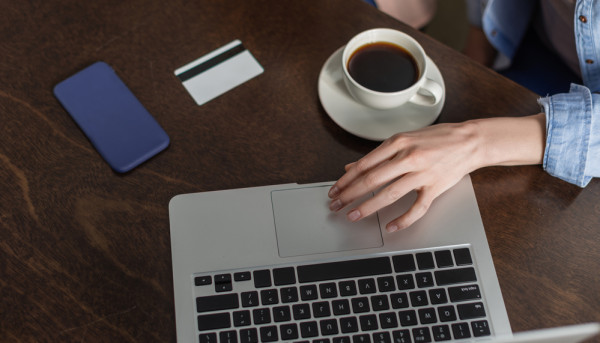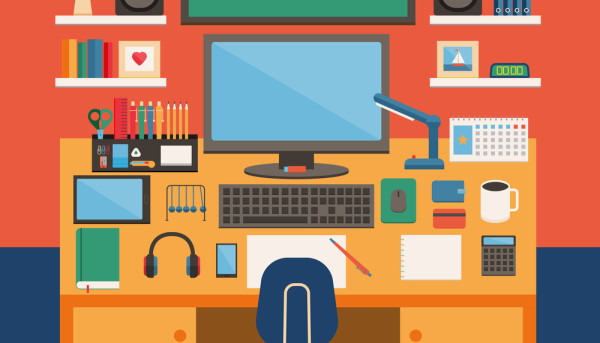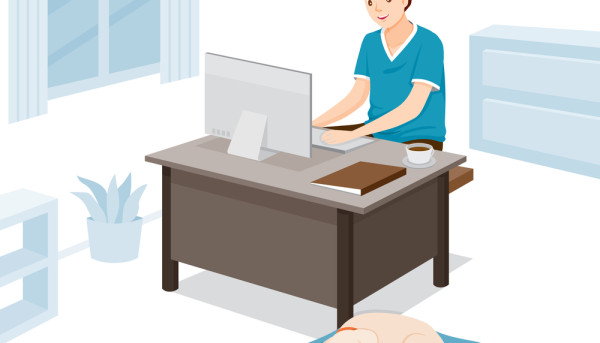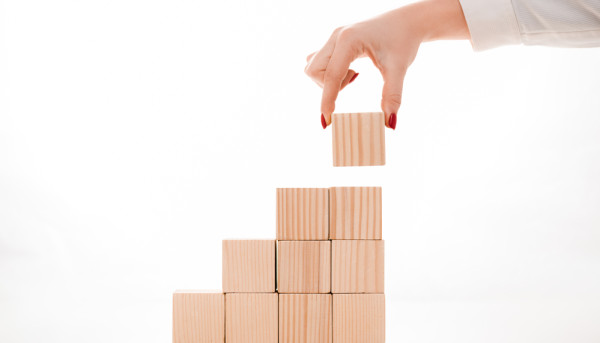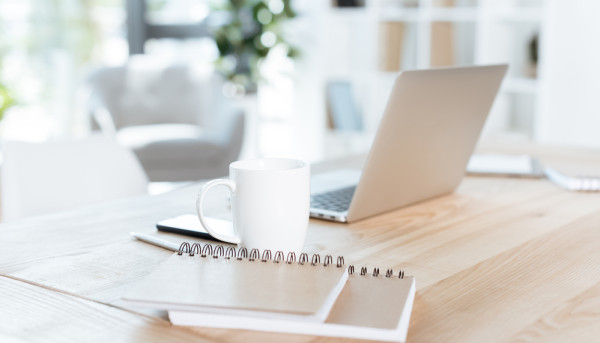How to Pay Off Credit Card Debt
How to Pay Off Credit Card Debt

If you've got a large amount of credit card debt and don't know what to do, there are some things you can do to get your bills under control. Start by making minimum payments on the debts with the lowest balance first. You should then make extra payments on the next smallest balance to get that card paid off and cycle through until you've paid off all your debt.
Paying off credit card debt with the smallest balance first
Paying off the smallest balance first on your credit cards is an excellent strategy to boost your confidence and kickstart your debt repayment. You might think that paying off a $5,000 balance first is not effective if you have a debt total of $6,000. But by paying off the lowest balance first on your credit cards, you'll see progress sooner and feel more motivated to get the rest of your bills paid.
To start paying off your credit card debt, you'll need to determine how much you owe and how much you can afford to pay each month. Experts recommend tackling the card with the lowest balance first and making minimum payments on other cards. Once you've identified the card with the lowest balance, make a monthly payment on the debt and keep paying the minimum payments on your other cards.
Paying off your credit card debt with the lowest balance first will save you more money than you'd save on interest payments if you were to pay off the highest interest card first. This method is also known as the debt avalanche method and requires that you make the minimum monthly payments on all cards except the highest interest one. Once you have paid off the smallest debt, you can then proceed to the next one and repeat the process until all of your debt is paid off.
You can combine the minimum payments from the lowest balance card with the minimum payments on the next smallest one. This will reduce the interest you pay over the life of the card. It is important to make sure that you are paying off each card on time to avoid late payments.
Using the snowball method is another effective way to pay off credit card debt. This method allows you to pay off your debt faster and efficiently. This method also has fewer fees and is a great option for those who need to pay off their debt as quickly as possible. In addition, this method will save you from being trapped in debt longer with high interest rates.
The snowball method allows you to apply extra money to your lowest balance first and then apply the extra money to the next lowest balance, and so on. This snowball method will make your debt less visible and less overwhelming as you keep making small, regular payments. The snowball method is also useful for people who don't have a lot of money to put toward debt.
It is important to keep in mind that this method is not easy, and it will require patience and persistence. To have the best chance of success, it is recommended that you consult a nonprofit credit counseling organization and use their services. A professional can help you determine which credit card to pay off first so you can focus on paying off the rest of the debt.
Taking out a personal loan to pay off credit card debt
Taking out a personal loan to payoff credit card debt can be a great way to lower interest rates and increase your credit score at the same time. It can also help you eliminate late fees and missed payments from your credit card balances. If you have multiple credit cards, it can be difficult to keep up with their payments and manage them in a timely manner. By taking out a personal loan, you can simplify your payments and pay them off more quickly.
Taking out a personal loan to payoff credit card debt is not an excellent solution for all people, however. While it will help you make the payments on your credit cards more affordable, it is not a permanent solution to your debt problems. This option requires that you remain in control of your spending and avoid racking up new balances. It is also important to keep in mind that a personal loan will only be effective if you can control your credit card spending after it is taken out.
Before applying for a personal loan, review all your current debts and current interest rates. By doing so, you will have a clear picture of the amount of money you need to repay to pay off your credit card balances. It is also helpful to create a spreadsheet of your credit card payments and balances. If possible, look for a personal loan with a lower interest rate and lower monthly payments.
Personal loans to pay off credit card debt are also useful for reducing your credit score. These loans often come with repayment terms and interest rates that are flexible, so you should carefully consider them. You'll be able to budget your money better and make consistent progress towards your debt repayment goals.
As with any personal loan, make sure that you can make the payments on time and are comfortable with the size of the payments. While personal loans can be a great way to pay off credit card debt, they aren't for everyone. The payments will have to fit into your budget, and you'll still need to change your spending habits to make the payments.
Taking out a personal loan to payoff credit card debt is a great way to pay off your credit cards, but be sure to check the qualifications of the lender before applying. Remember, this loan is designed to help you get a lower interest rate than credit cards, and it is usually quite easy to get.
While many Americans suffer from overwhelming credit card debt, taking out a personal loan may be the right solution to help you get on track. It will also help you establish healthier spending habits. Be sure to carefully read the terms of the loan, and do not agree to any hidden or costly fees. Finally, choose a reputable lender who can help you get out of debt.
